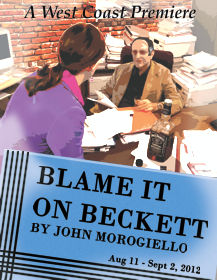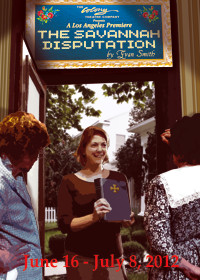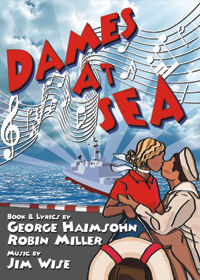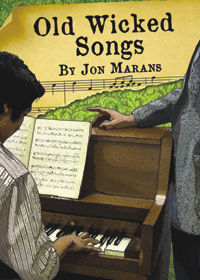 Those of you who follow my theatre writings know that we moved our mid-sized theatre subscription over to The Colony Theatre from The Pasadena Playhouse in 2010, after the sordid saga of the Pasadena Playhouse’s bankruptcy caused us to reexamine their artistic direction and subscriptions. I’ll note that we like having a mix of subscriptions and shows we pick; the subscriptions get us to plays and musicals that we might not sample on our own.
Those of you who follow my theatre writings know that we moved our mid-sized theatre subscription over to The Colony Theatre from The Pasadena Playhouse in 2010, after the sordid saga of the Pasadena Playhouse’s bankruptcy caused us to reexamine their artistic direction and subscriptions. I’ll note that we like having a mix of subscriptions and shows we pick; the subscriptions get us to plays and musicals that we might not sample on our own.
Alas, news came out this weekend that now the Colony Theatre is in trouble (Steve Julian, Colony Website, LA Times Culture Monster). Supposedly a physical letter is in the mail from the Colony (but it would have been nice if email had gone out to subscribers before it hit the paper — that’s a Pasadena Playhouse level of mistake). The Colony is saying that ” the 37-year-old company has run out of money and needs to raise $49,000 in the next two weeks and $500,000 by the end of the calendar year in order to remain open.” They claim that single-ticket sales have fallen consistently since 2011, and that the subscriber base has dropped as well.
I’d like to explore the specific problems of the Colony, and then look at mid-sized theatres in general.
Attending the Colony, it is easy to see the major problem: the audience is aging. We’re in our 50s, and sometimes we feel like youngsters in the audience. This is a problem the Pasadena Playhouse had as well. These theatres need to figure out something that will bring the younger audiences to the shows, and that may mean changing the mix of productions to appeal to those audiences and get them to subscribe. The trick is finding out how to do that while not alienating the older audiences. I’m not sure of the answer there, but whatever it is, it won’t address the immediate problem.
As for the immediate problem (which shouldn’t have been hidden for so long — it should have been publicized and worked during the run of American Fiesta), the Colony needs to explore new short term funding sources. Specifically, they should start some efforts on either Kickstarter or Indiegogo. They certainly have premiums they could offer: from original set designs or props from past productions to meetings with cast and crew (even the ability to attend rehearsals).
(Note: Don Shirley at LA Stage Times has also has a nice analysis of the problems facing the Colony)
But the problem the Colony is facing is one faced by many mid-sized theatres. We saw it at the Pasadena Playhouse. The audience is aging, and without big-money donors or sponsors (something I believe the Geffen has, but one never knows), it is difficult to find funds. Mid-sized facilities have greater upkeep costs, and have to actually pay their actors equity wages (unlike the 99-seat or less houses). Live theatre is dealing with an audience whose only notion of live performance is concerts; they weren’t raised with the notion of live theatre. To many of the younger audience, theater is where movies are shown. Attracting the younger audience is difficult (as Ken Davenport has discussed in The Producers Perspective); it is even harder in these economic times.
It will be interesting to see whether the Colony survives this crisis. I hope that it does. If it fails, it will be a sad day for both Burbank and Los Angeles in general. Where will we go? Good question. We might go back to The Pasadena Playhouse, although they still have the muddled direction and incomplete season problem they had before. The Geffen would be a possibility, but that depends on price. More likely, we’ll start sampling around again until we find a company that is both affordable and has the production mix that we like.








 Last night, we took a brief sojurn to Maine, to revisit
Last night, we took a brief sojurn to Maine, to revisit